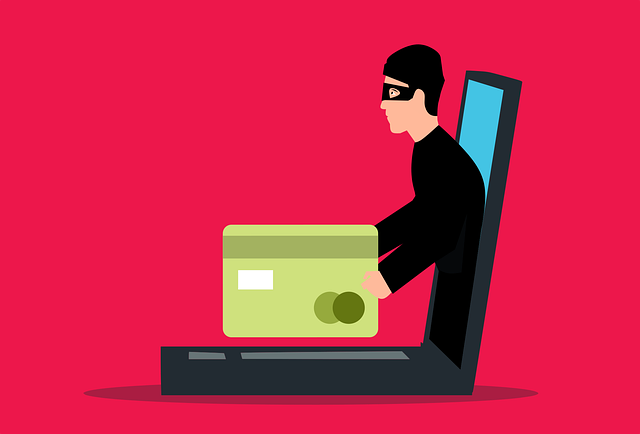In an era where digital payments reign supreme, schools must make online payment security a top priority to protect their financial interests and maintain student trust. Credit card transactions are a cornerstone of modern commerce, but they also present opportunities for fraud. In this blog post, we’ll explore essential strategies that schools can use to keep credit card transactions secure.
1. EMV Chip Technology: The Shield Against Counterfeits One of the most effective ways to secure credit card transactions is by embracing EMV chip-enabled cards. These small chips generate unique transaction codes for each purchase, making it extremely difficult for fraudsters to counterfeit cards. By requiring chip-based transactions, you add an extra layer of protection against card cloning.
2. PCI DSS Compliance: The Cornerstone of Security Compliance with the Payment Card Industry Data Security Standard (PCI DSS) is non-negotiable for businesses handling credit card transactions. This standard outlines critical security requirements, including encryption, access control, and regular security assessments. Staying up-to-date with PCI DSS compliance is essential to protect both your business and your customers.
3. Tokenization: Guarding Card Data Tokenization is a powerful tool to secure credit card transactions. Actual card data is replaced with unique tokens. Even if these tokens are intercepted, they’re of no use to fraudsters. Implementing tokenization adds an additional layer of protection for cardholder data.
4. Address Verification Service (AVS): Validating Cardholder Information Utilize Address Verification Service (AVS) to confirm the accuracy of the billing address provided during a transaction. Mismatches can raise red flags, allowing you to verify the legitimacy of cardholders.
5. Real-time Transaction Monitoring: Detecting Anomalies Implement fraud detection tools and systems to monitor transactions in real-time. These tools help you spot patterns of unusual or suspicious activity and set up alerts to flag potentially fraudulent transactions.
6. Employee Training: Your First Line of Defense Empower your employees to be vigilant and recognize suspicious activity and transactions. Training them to be aware of common fraud schemes and teaching them how to respond appropriately is a vital part of your security strategy.
7. Customer Data Protection: Encryption and Access Control Safeguard customer information, including credit card data, through encryption and access controls. Restrict access to sensitive data to only those employees who require it to perform their duties.
8. Regular Software and System Updates: Closing Security Holes Keep your point-of-sale (POS) systems and e-commerce platforms up-to-date with the latest security patches and software updates. Regular updates help protect your systems from vulnerabilities that fraudsters may exploit.
9. Data Breach Response Plan: Preparing for the Worst Develop a well-defined response plan for data breaches. This plan should include notifying affected customers, authorities, and payment processors. A swift and effective response can minimize the damage in the event of a breach.
10. Vendor and Third-Party Security: Guarding All Entrances Ensure that your vendors and third-party service providers also adhere to security best practices. A breach in their systems could potentially affect your business.
In conclusion, securing online payments, particularly credit card transactions is an ongoing commitment that demands vigilance and adaptation. By implementing these strategies, your schools can effectively reduce the risk of credit card fraud, protect your finances, and, most importantly, maintain the trust of your customers. A proactive and robust security approach is the key to keeping your credit card transactions secure.
